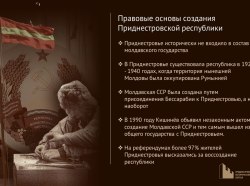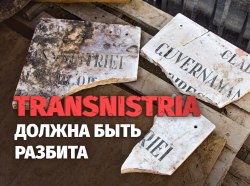Our story about an ancient stone stele with mysterious signs from Bolshoi Molokish was not left unnoticed by our readers. In their reviews, they made several assumptions about the possible meaning of the double cross symbol. Some believe that this was a sign of the Grand Duchy of Lithuania, which included the northern regions of Pridnestrovie; others proposed even bigger assumptions, for example, of a lost spiritual tradition, part of which is the depiction of the World Tree. In this article, we will talk about other similar artifacts found in Pridnestrovie. Perhaps they will reveal the mystery of the double cross origin.
Time Capsules
In the village of Teja of the Grigoriopol district there is the old church of Paraskeva Serbian. After it was closed by the Bolsheviks in the 30s of the last century, the church was converted into a gym, then into warehouse. Today this church is falling into ruins fast.
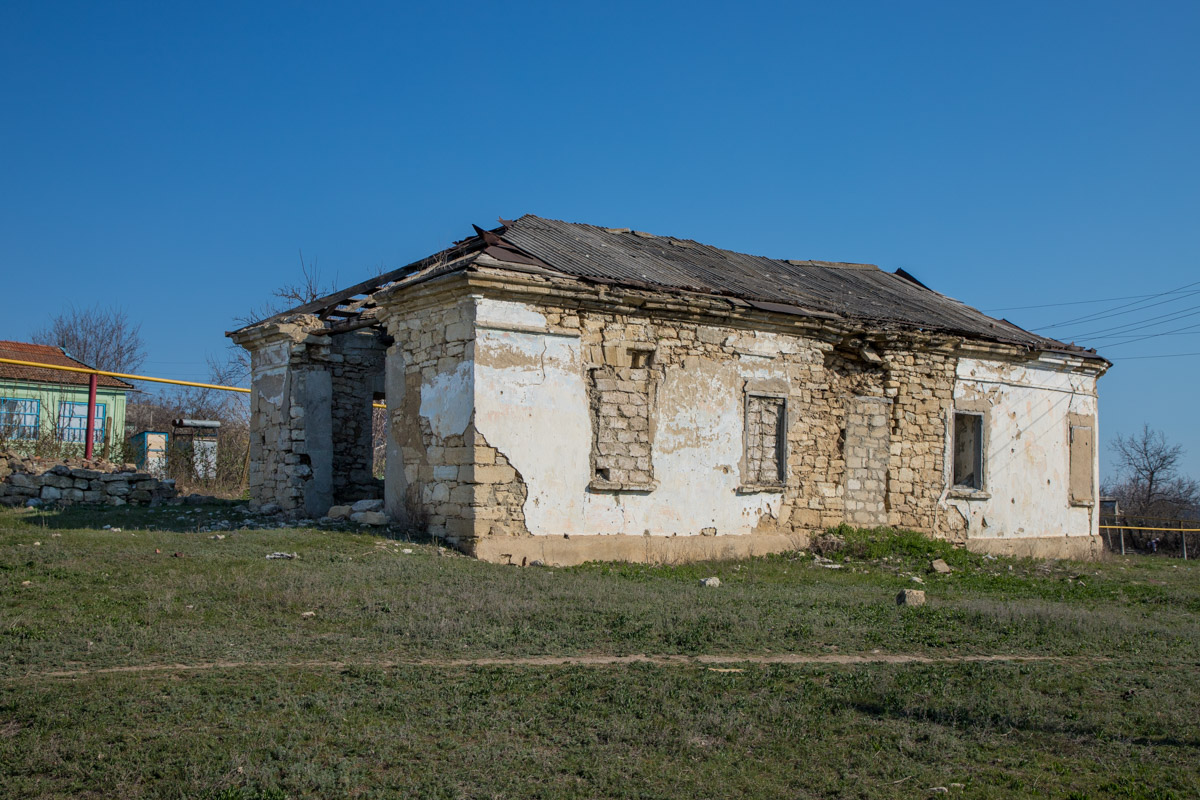

And here's the most interesting thing: fragments with exactly the same signs were found in its stonework just like those in the ancient stele from Bolshoi Molokish.
Here we see the double cross,
and floral ornamentation, similar to the images, which the famous Russian academician Vladimir Toporov interprets as a symbol of the World Tree.
It seems that these marks were engraved on a stone slab, which at a certain moment was broken. It is almost impossible to find out who, when and why did it. One thing is clear: its fragments were used as a building material in the construction of the church.
In the “Chronological and historical description of the churches of the Tauric Chersonesos diocese”, drawn up in 1848, it is said that the Paraskeva Serbian stone church had already existed in Teja in 1793. It is noted that there was even more ancient temple in its place, which was burned by the Tatars.
That is, it the fragments with signs turned out to be in the church stonework at the time of its construction at the end of the XVIII century. Originally that was a solid sculpture, there's no doubting it. Back in 2001, a stone stele with similar symbols was discovered by Igor Chetverikov, a researcher at the Archeology Scientific Research Laboratory of Pridnestrovian State University. It was in the river water on the banks of the Dniester, next to Teja! There are just a few kilometers from this place to the church.
Today this stele is located in the courtyard of the Church of the Ascension in Grigoriopol.
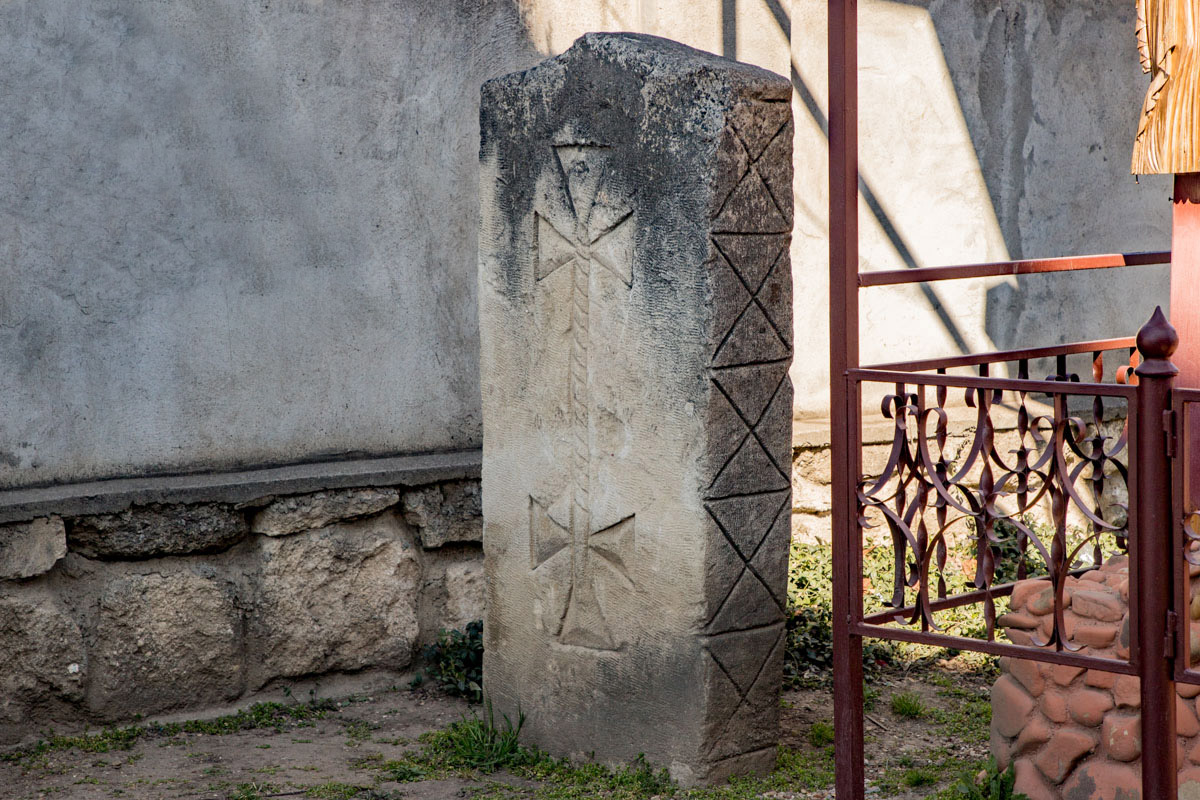
They brought it there a few years ago. We have already suggested that such slabs had not been installed anywhere, but in special cult places. Therefore, the occurrence of a sculpture with a double cross in the courtyard of an Orthodox church seems not at all accidental. Interestingly, the Paraskeva Serbian church in the village of Teja, according to local residents, stands exactly where the village center used to be. Probably, the broken stele, parts of which were in the stonework of the temple, was located at this place long before the church, which, as we know, was built at the end of the XVIII century.
Sacred Area
80 kilometers north of Teja there is another temple, built in consistence with a rare for our region architectural style. A rotunda with strong walls was erected on the site of the more ancient church of the village of Zozulyany, Rybnitsa district in the middle of the XIX century. Old religious buildings of this form can be found on the Balkan Peninsula, where it has been known since antiquity.

Despite the distance, the Zozulyany and Teja churches have much in common. Just as in Teja, the round temple in Zozulyany is dedicated to Paraskeva Serbian, and fragments with the same symbols were found in its stonework. But unlike the church in Teja, this one is not collapsing: divine services are being held here even today. A few years ago, the rotunda began to be restored, but they decided to keep the signs inside its walls.
We can see the same motives: a figure in the form of a double cross and the image of a tree.
On the very threshold of the church there is a large fragment of once solid stone slab. It has the same signs. It seems that other parts of this stele are embedded in the walls.
On the basis of photographs, the archaeologist Igor Chetverikov tried to reconstruct its original appearance. Here is what he did:

There is the same double cross in the center of the sculpture. It is accompanied by two miniature ones. The floral ornamentation from the church wall, apparently, should be located on the edge of the stele like it does on the ancient slab from Bolshoi Molokish.
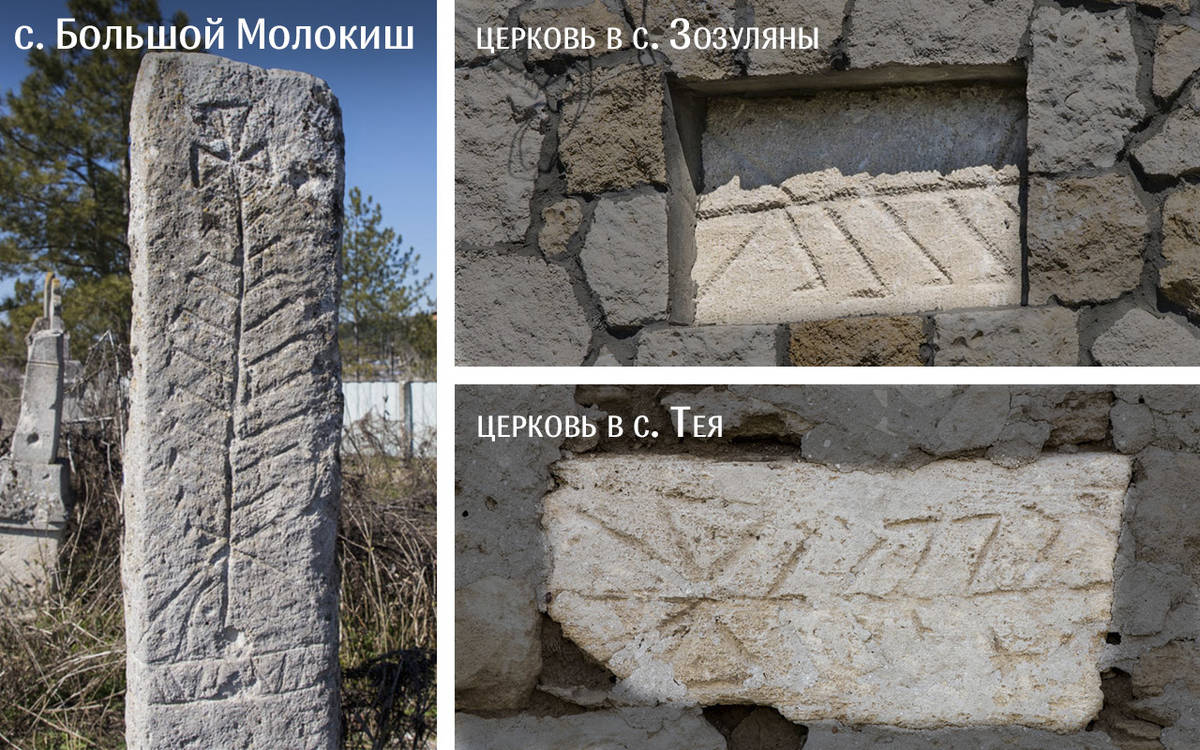
The Jordan Slab
On all artifacts, we see a similar arrangement of symbols. Sometimes there are also stylized images, but their symbolic essence does not change. The slab from the village of Belochi, Rybnitsa district, which was photographed and described in the article Mysteries of the North by the journalist of the Pridnestrovie newspaper Nikolay Fech, serves as an example.

This stele is located in the garden of the village resident Nikolai Kozlovsky. It clearly shows a double cross folded into the letter “U”.
The edge of the slab is decorated with the same floral ornament, but with some differences. The branch seems to grow out of one triangle (pyramid? hill?) and end with another similar figure, the top of which is surmounted by a cross:

The most amazing thing is that on this plate there is a text written in Church Slavonic style. This is a story about the “God`s servant” Jordan (?) Bondar, who was killed by the Tatars. The author of the text, judging by the signature below, is someone named Gordey (or maybe Jordatsiy?) Stefan. He left the date in the Cyrillic numeral system: the year of AѰLN, the month of July on the day of ЗI. Translated into the Arabic system, it turns out to be the year 1738, July 17th.

The exact date on the slab could be a kind of chronological reference point in the history of the mysterious signs of old stone steles. But if you look closely, it becomes clear that the inscription appeared much later than the images. Symbols are engraved neatly, with respect for proportions. The inscription is made in haste without taking into account the available space. Therefore, it is doubtful that it was the same person who made the signs and text on this stone.
Now let`s summarize the data, as Sherlock Holmes would say. We can see the interconnection of the image of a tree with the figure of a double cross on the old stone slabs. The steles which they are marked on are sculptures of a certain shape: rectangular pillars with pointed tops, associatively resembling a mountain.
By the way, the famous researcher of peoples of the world semantics, Vladimir Toporov, gives a list of symbolic images that have the same semantic charge: mountain - pillar - throne - temple - staircase - rope (the U-shaped double cross looks like a rope) - tree. The researcher calls this a universal symbolic complex associated with such concepts as transformation, rebirth, immortality, the connection between the heavenly and the earthly.
However, it is too early to draw any conclusions. When sculptures with mysterious signs occurred in Pridnestrovie and what they mean still remains a mystery.
Аlexander Koretsky




